Exploring Anthropomorphism: A Guide To Understanding and Applying It In Children's Picture Book Illustration
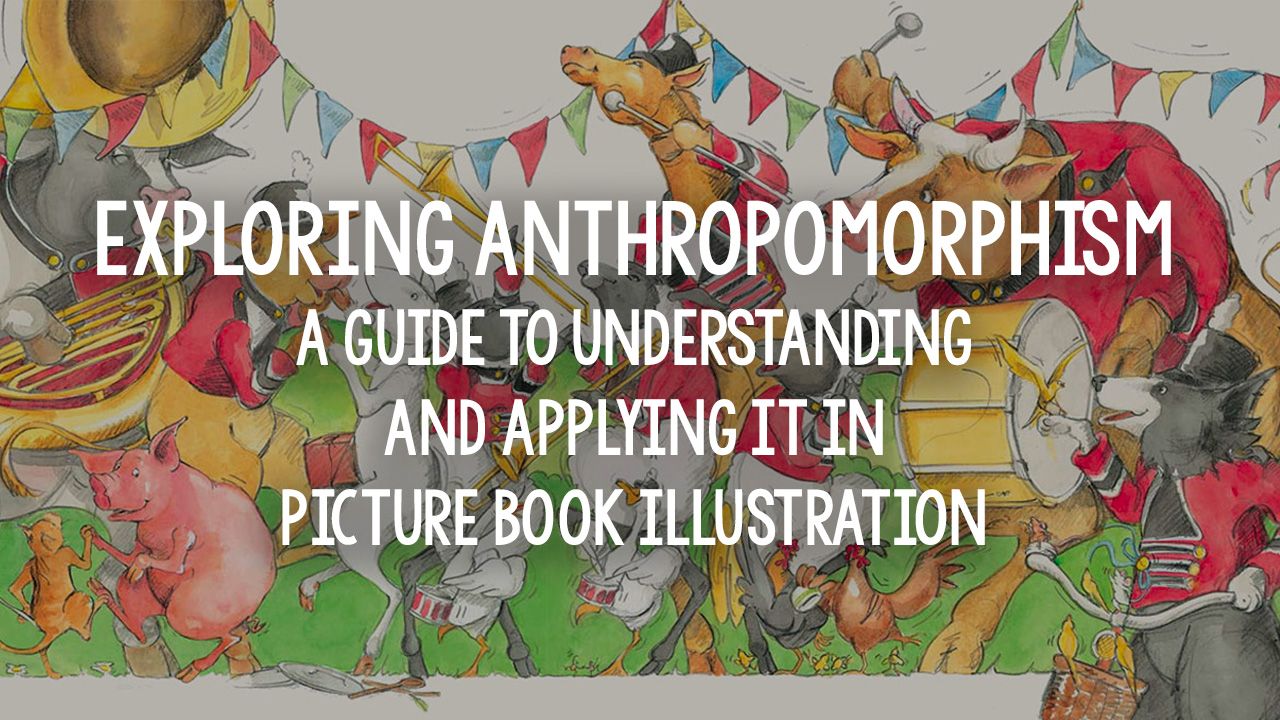
Anthropomorphism refers to the attribution of human characteristics, behaviors, or emotions to non-human entities, such as animals, objects, or natural phenomena. In children’s picture book illustrations, anthropomorphism is often used to create relatable and engaging characters by giving them human-like qualities.
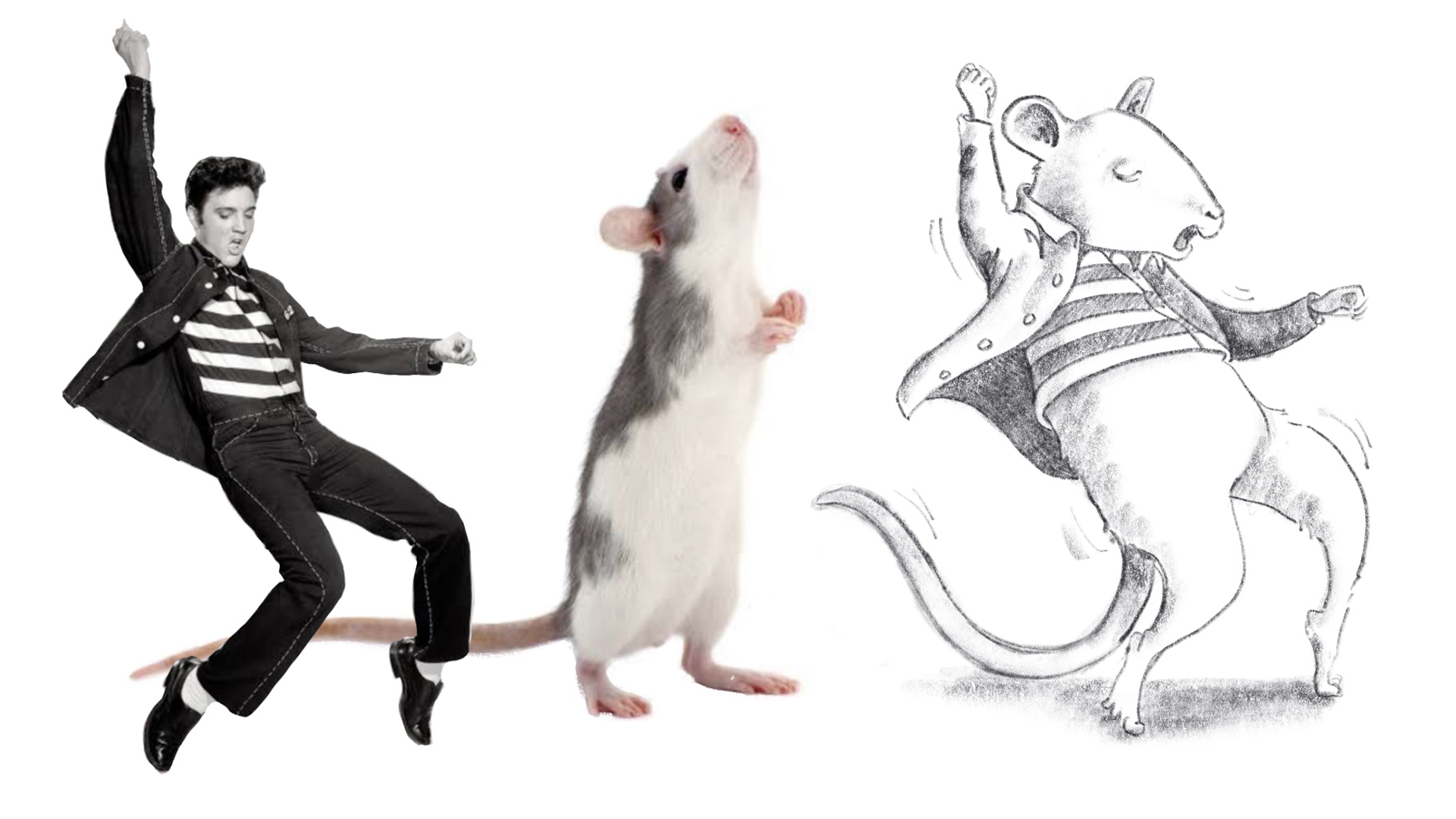
Here’s how anthropomorphism applies to children’s picture book illustration
Character Development
Anthropomorphism allows illustrators to create animal or object characters with distinct personalities and traits that children can easily relate to. Humanizing these characters makes them more relatable, expressive, and capable of conveying a wide range of emotions and actions.
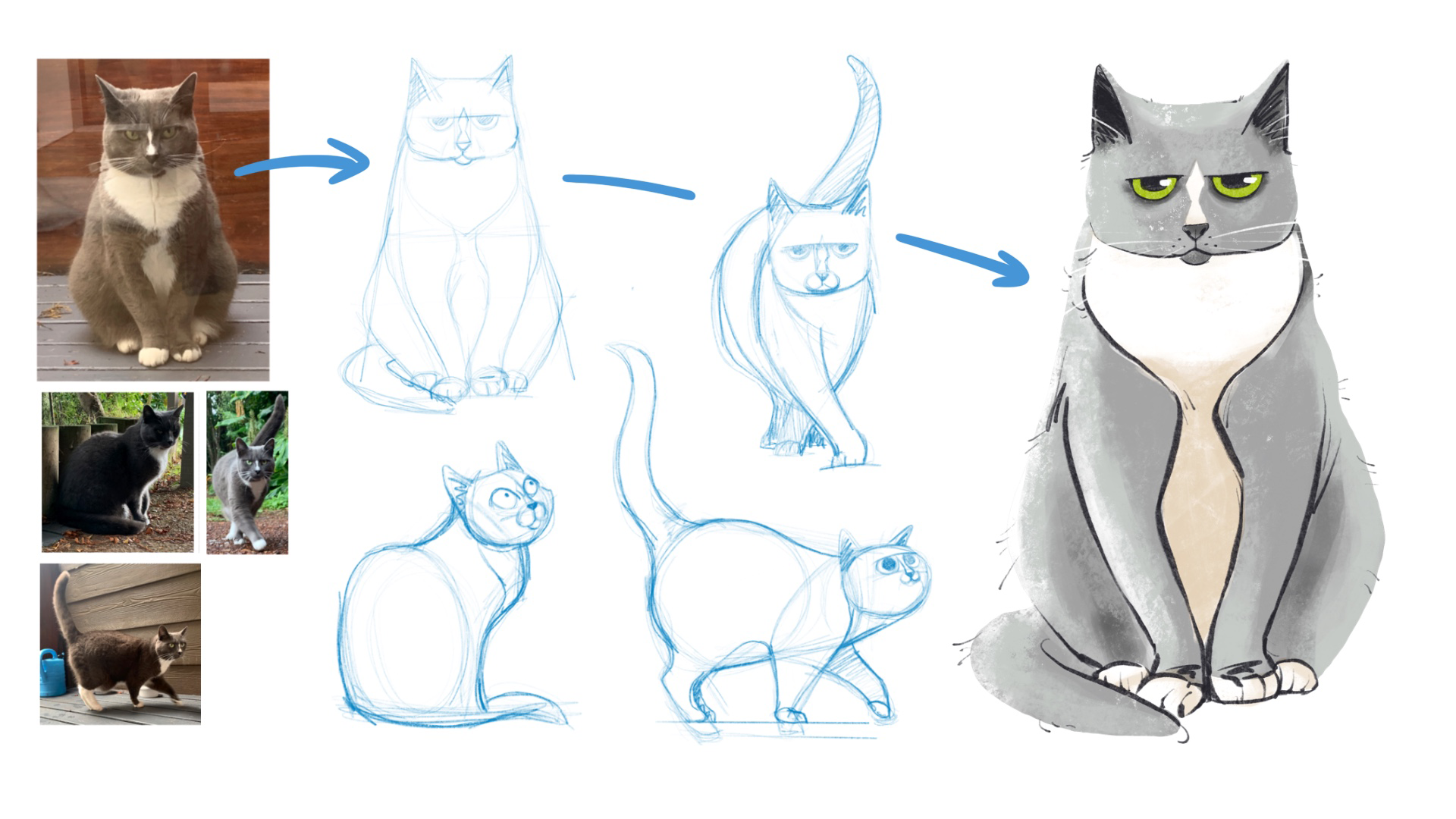
Emotional Connection
Anthropomorphic characters can evoke empathy and emotional connection in young readers. By attributing human emotions and experiences to animals or objects, illustrators can create characters that resonate with children, helping them understand complex emotions and situations in a more accessible and engaging way.
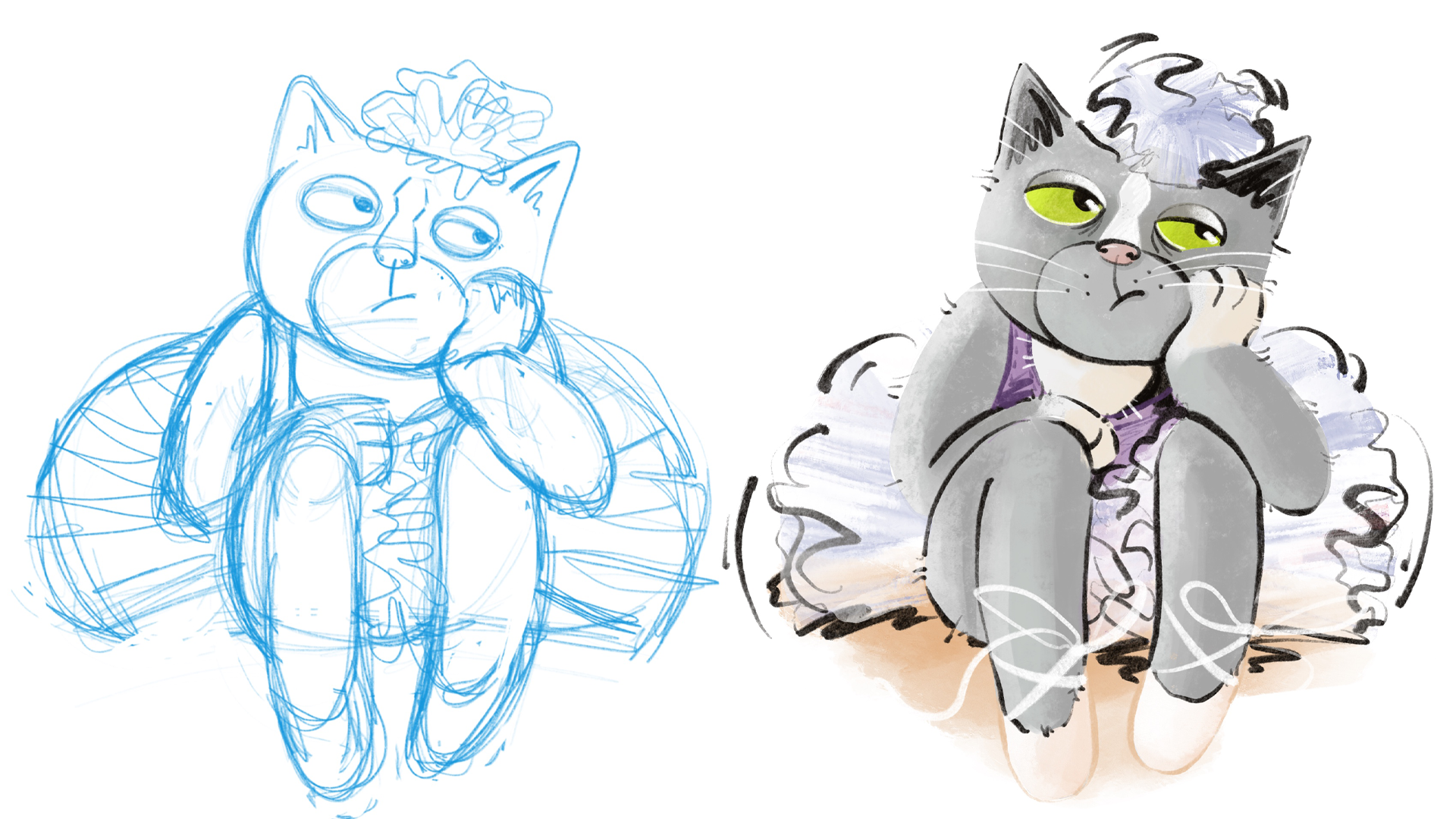
Storytelling Possibilities
Anthropomorphism expands storytelling possibilities in picture books. It allows illustrators to explore themes, conflicts, and relationships that might be difficult to convey with strictly realistic portrayals. By anthropomorphizing characters, illustrators can create imaginative and whimsical narratives that captivate children’s imagination and encourage their love for storytelling.
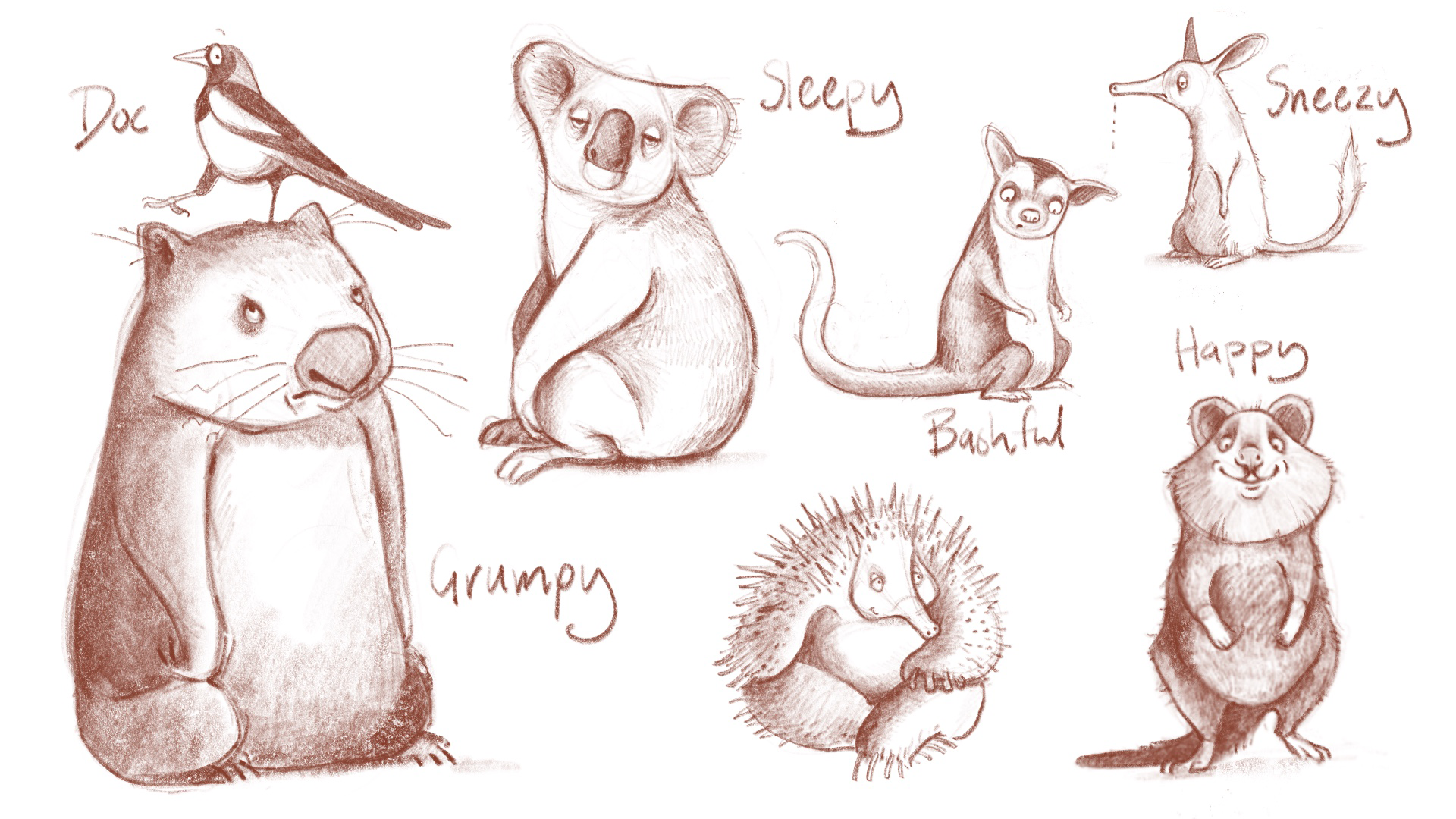
Moral and Social Lessons
Anthropomorphic characters often serve as vehicles for conveying moral or social lessons to young readers. By giving human qualities to animals or objects, illustrators can explore topics like friendship, acceptance, compassion, and tolerance in a way that is relatable and easily understandable for children.
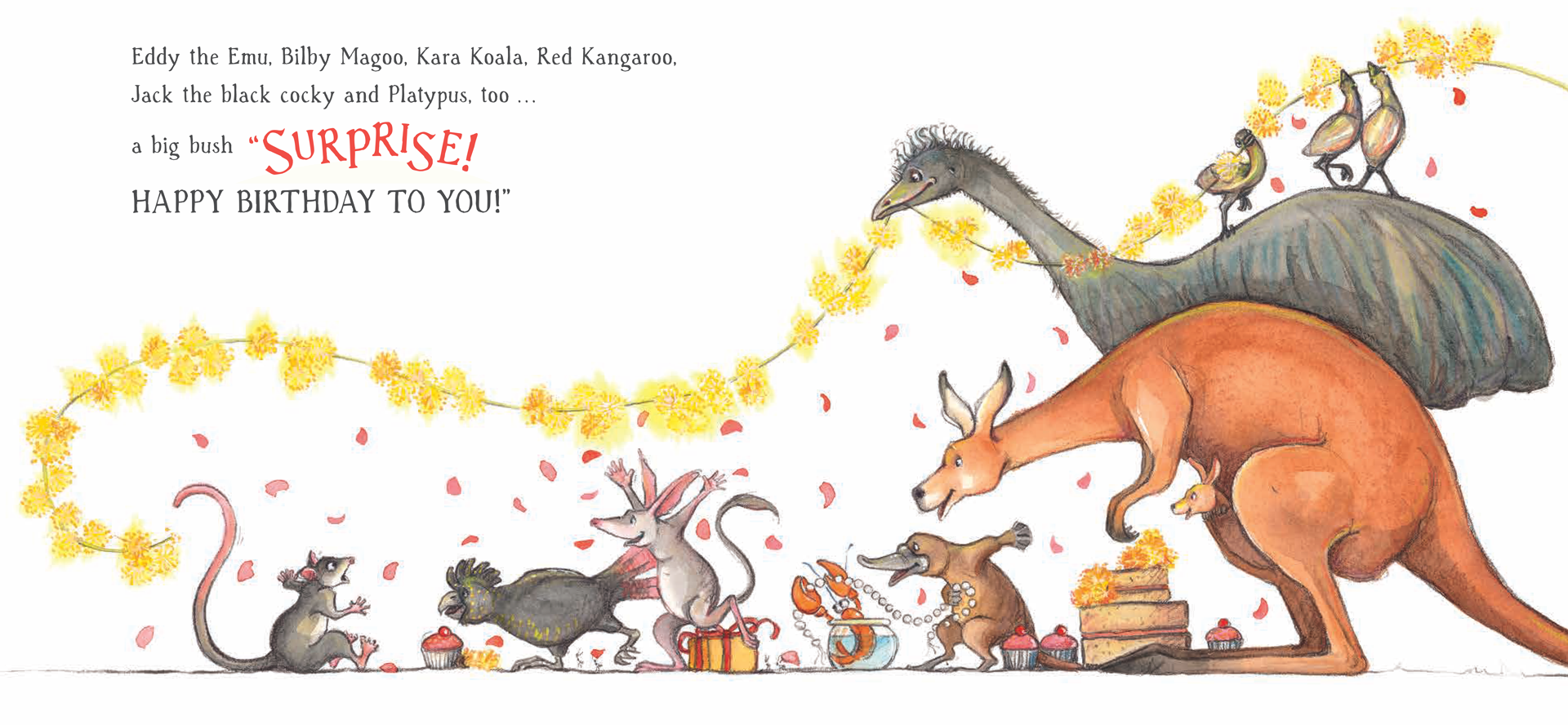
Visual Appeal
Anthropomorphic characters are visually appealing to children. Combining familiar human features and animal attributes creates a unique visual style that captures attention and sparks curiosity. The balance between the recognizable and the imaginative in anthropomorphic illustrations can make picture books visually engaging and memorable.
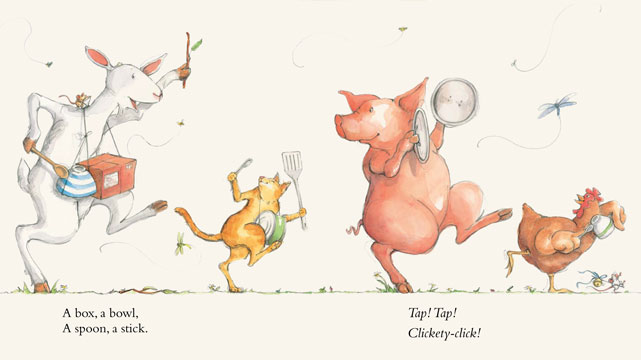
In the world of children’s picture book illustration, anthropomorphism holds the power to captivate young readers and ignite their imagination. By striking a careful balance and maintaining consistency in design and behavior, illustrators can bring charming and relatable characters that resonate with children to life.
Now, armed with this knowledge, let your creativity run wild. Let your anthropomorphic characters prance, sing, and dive into all sorts of adventures.
Happy illustrating!

PS – To learn more about my 4-week Animal Character Design Masterclass, CLICK HERE.
PPS – Join me on Instagram! I'll meet you there. I'm so excited to get to know you!
The best place to dive right in is by visiting my website www.ninarycroft.com



